A review and photo examples using the Voigtlander NOKTON 50mm F1.1 Leica VM mount with film rangefinder cameras and digital rangefinder cameras.
- Please see the disclaimer regarding advertising here.
- Italicized links in the text are advertisement links that take you to other sites.
Table of contents
Gallery
The following cameras were used to take the sample photos:
- HEXAR-RF + KODAK E100G (color reversal film) + NIKON LS-50 (COOLSCAN-V)
- LEICA M9
- LEICA M8.2
- EPSON R-D1xG
Review
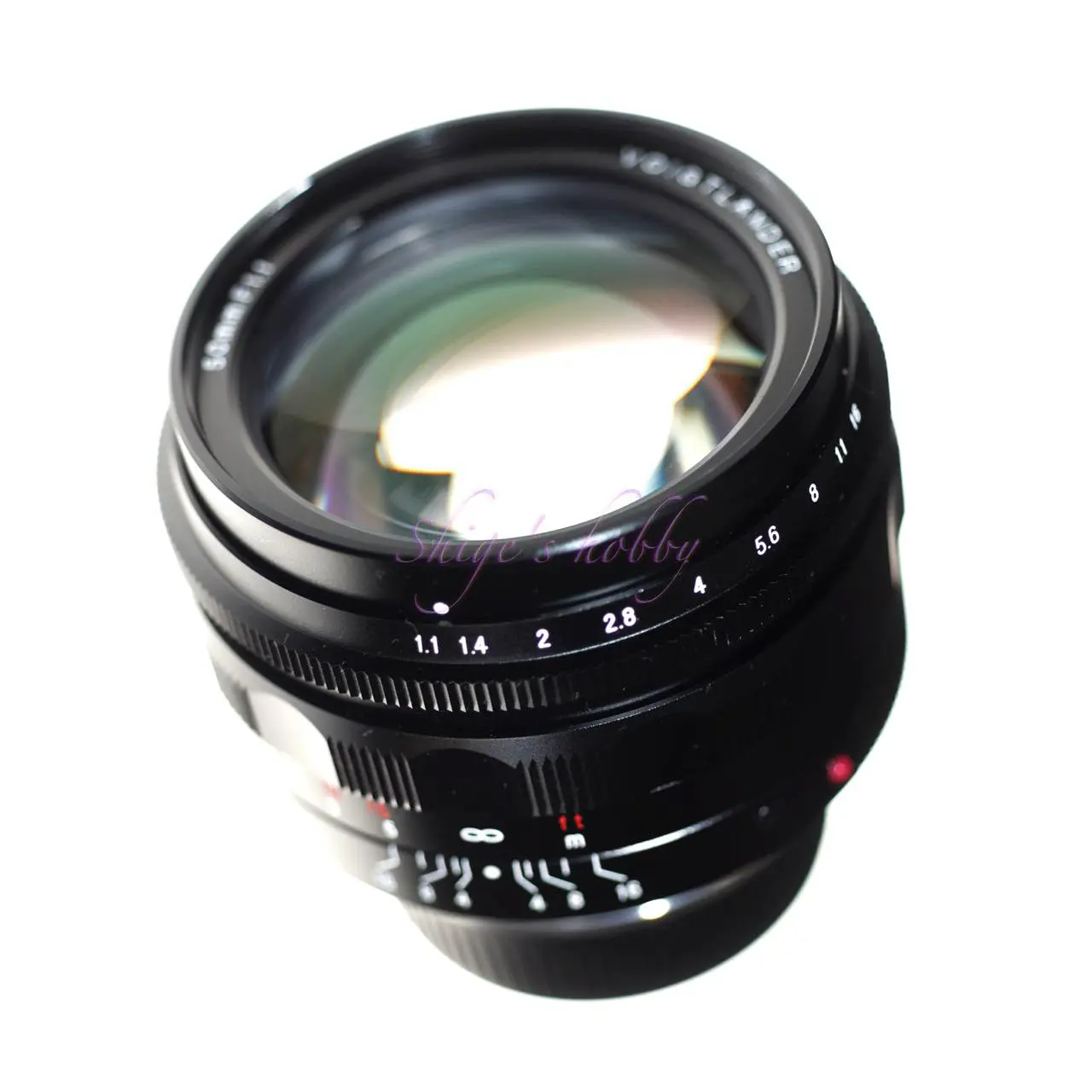
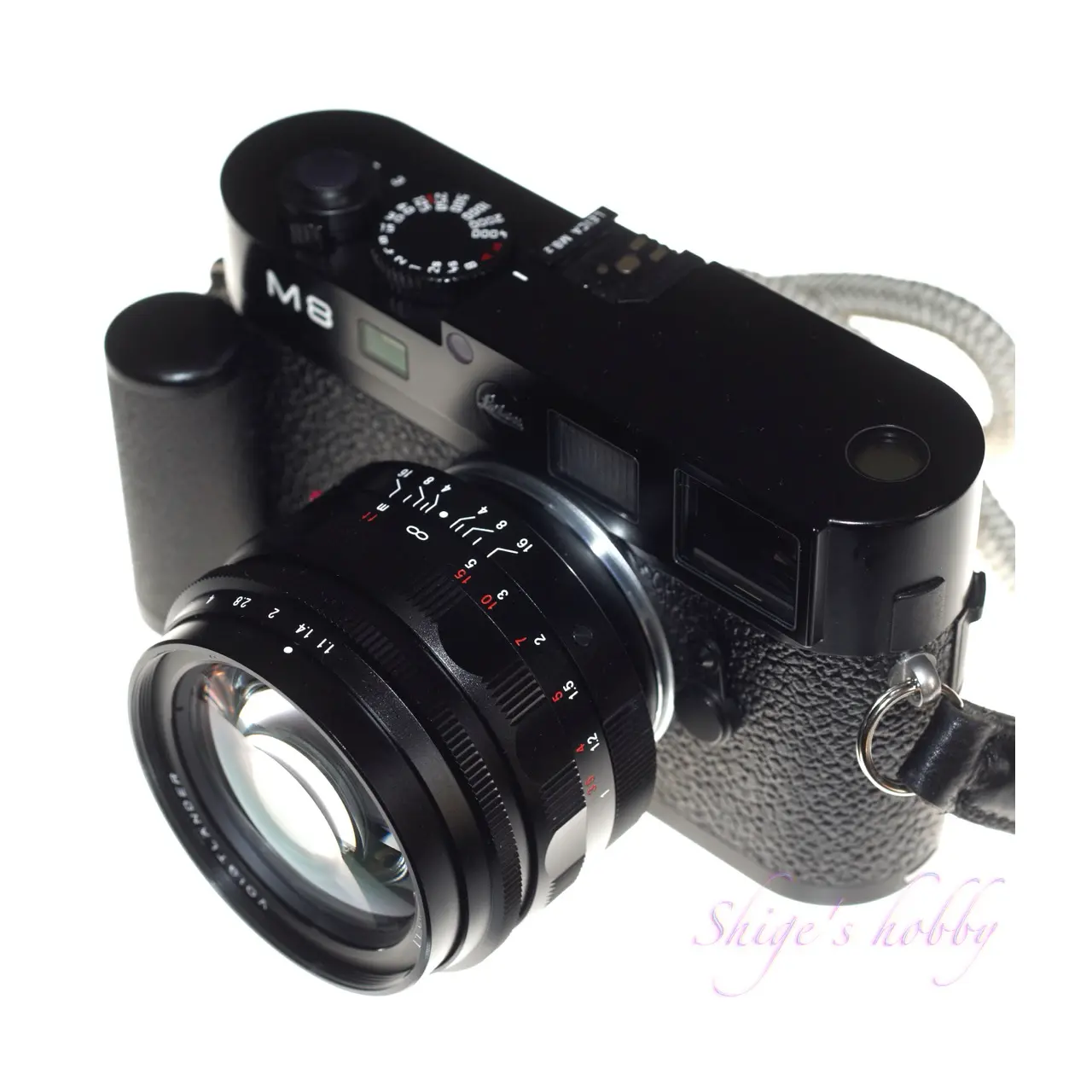
1.Overview
The Voigtlander NOKTON 50mm F1.1 is a large-aperture standard lens from Cosina Voigtlander.
Until the release of the NOKTON 50mm F1.0 in 2022, it was the fastest lens in the Cosina Voigtlander brand.
Its main specifications are as follows, with details provided in the specifications and discussion section.
Fully spherical lens, 10 aperture blades, minimum focusing distance of 1m, lens diameter approximately 70mm, total lens length 57mm, weight 428g.
The optional dedicated lens hood LH-7 is available. The link is an Amazon affiliate link; the retail price is around 5,000 yen.
2.Usability
I used the Voigtlander NOKTON 50mm F1.1 with a variety of cameras, including the film camera HEXAR-RF, and the digital rangefinder cameras LEICA M9 and LEICA M8.2, and EPSON R-D1 xG.
The large, solidly built lens barrel and the smooth helicoid typical of a manual lens make focusing a pleasure. The downside is that the large, thick lens barrel covers the viewfinder window of the rangefinder camera, which can make the view through the viewfinder difficult to see.
The results were satisfactory with each camera, and as is typical of a large-aperture lens, the image becomes blurry and distorted when the focus is off at wide open apertures. However, looking at the results, there are some scenes where the back blur at wide open apertures is not as beautiful.
The 35mm equivalent focal lengths for each camera are as follows:
- HEXAR-RF: 50mm
- LEICA M9: 50mm
- LEICA M8.2: 67mm (conversion factor x1.33)
- EPSON R-D1 xG: 75mm (conversion factor x1.5)
■Film Camera
The results from the film camera are excellent, with excellent central resolution, and even reversal film can be used with ease. One concern is that, even at an aperture of around f/4, there is noticeable light falloff in the corners depending on the scene.
■Digital Rangefinder Camera
The LEICA M9, equipped with a 35mm full-frame sensor, exhibits slight distortion and light falloff in the corners, just like a film camera. This may leave you dissatisfied if you’re looking for clear, full-frame shots of landscapes, etc. As a countermeasure, it may be better to leave the aperture slightly wider and crop the edges as needed.
In comparison, the results of shooting with APS-H and APS-C size sensors, which have smaller sensor sizes, improve uniformity across the entire image because the problematic corners are forcibly cut off (cropped) due to the sensor size. However, the focal length in 35mm equivalent is longer, so you need more space behind the shooting location. 67mm on an APS-H size sensor doesn’t feel particularly narrow, but the impression when using 75mm on an APS-C size sensor is quite different from 50mm.
3.Summary
In conclusion, to sum up the Voigtlander NOKTON 50mm F1.1 is a bright, large, and heavy standard lens.
It’s a reasonable lens for photographers who need this much brightness.
In terms of image quality, there are many options when it comes to large-aperture 50mm lenses for rangefinder cameras, so it’s best to go with the lens that you actually use and find to your liking.
Specifications, considerations, etc.
Comparing the Voigtlander NOKTON 50mm F1, which sits above the Voigtlander NOKTON 50mm F1.1, the new 50mm F1 uses an aspherical lens element, shortening the lens barrel and increasing its diameter. Looking at the lens construction diagram, it appears the lens barrel diameter could be made the same or thinner, but it would likely interfere with the viewfinder frame of a rangefinder camera, so it may be aimed at mirrorless cameras.
However, the new lens costs nearly 200,000 yen, which seems quite expensive, and although I’d like to try it, I’m hesitant to purchase it for now.
When you look at the prices of the Voigtlander NOKTON 50mm F1.1 on the used market, you’ll often find it priced at surprisingly low prices. The list price is already an incredible 1/10 of the Noctilux, and on cheaper used ones it’s even cheaper, at about half the list price.
The following reasons are thought to be behind this unpopularity, but it is likely that only true large-aperture lens enthusiasts will be willing to put aside the negative aspects and purchase a large-aperture lens, which will drive down used prices.
- The lens was released in 2009, so it is quite old.
- A bright and large lens is not suitable for everyday use.
- There are countless 50mm lenses that are more compact and have satisfactory image quality.
- 50mm can be achieved with a zoom lens. Focal length
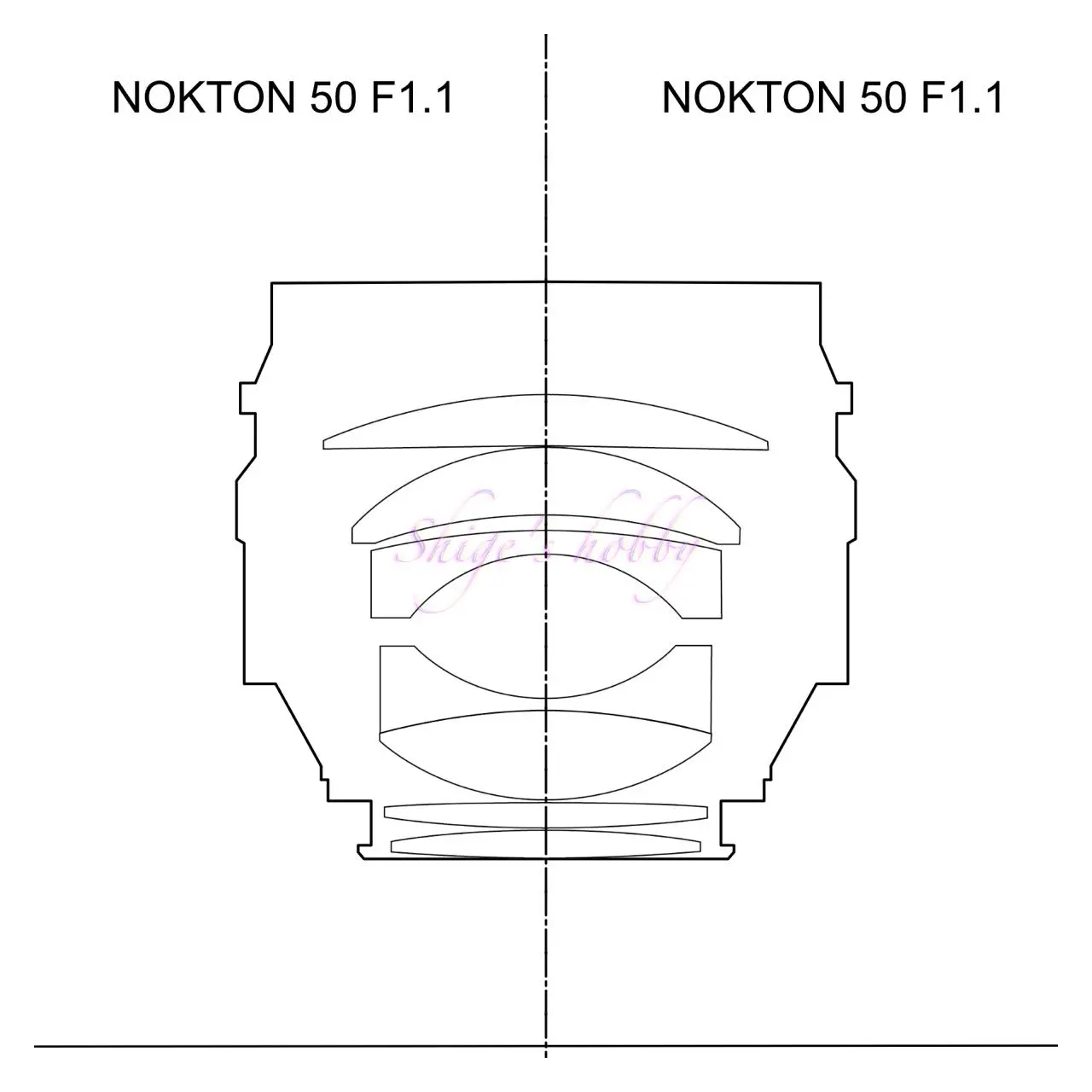
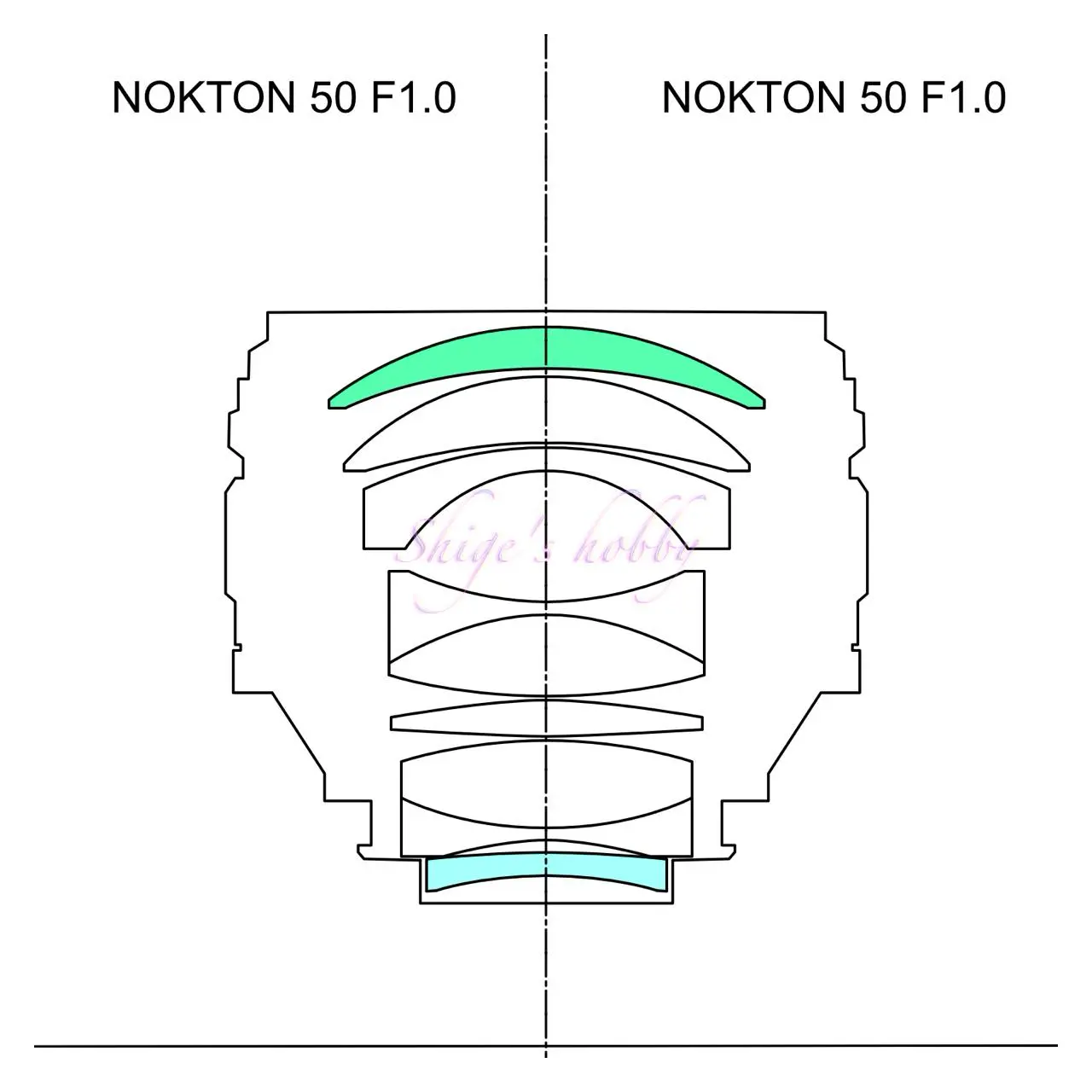
| Items | NOKTON 50mm F1.5 | NOKTON 50mm F1.1 | NOKTON 50mm F1 |
| Focal length(mm) | 50 | 1.1 | 1.0 |
| Max aperture | 1.5 | 1.1 | 1.0 |
| Min aperture | 22 | 16 | 16 |
| Leaf blade | 10 | ← | 12 |
| Lens Construction | 6 elements in 5 groups | 7 elements in 6 groups | 9 elements in 7 groups |
| Min distance(m) | 0.9 | 1.0 | 0.9 |
| Lens length(mm) | 54.5 | 57.2 | 55 |
| Max diameter(mm) | 60 | 69.6 | 73.6 |
| Filter Size(mm) | 52 | 58 | 62 |
| Lens mount | L39 | VM | VM |
| Weight(g) | 243 | 428 | 484 |
| Release date | 1999.10 | 2009.6.29 | 2022.1.26 |
| Price(Yen/No-tax) | 65,000- | 131,250- | 225,000- |
Reference links
- Nocton 50mm F1.1 introduction article by Mapcamera
- NOKTON 50mm F1 Aspherical・COSINA Official page
- NOKTON 50mm F1.1・COSINA Official page
- Leica lenses from around the world Part 3 (P88)/NOKTON 50mm F1.5・Ads by Amazon
- NOKTON 50mm F1.5・Shige’s hobby
Affiliate links
- Voigtlander lens・Ads by ebay

Update history
- 2025.6.24
- 2024.02.19
- 2023.10.22

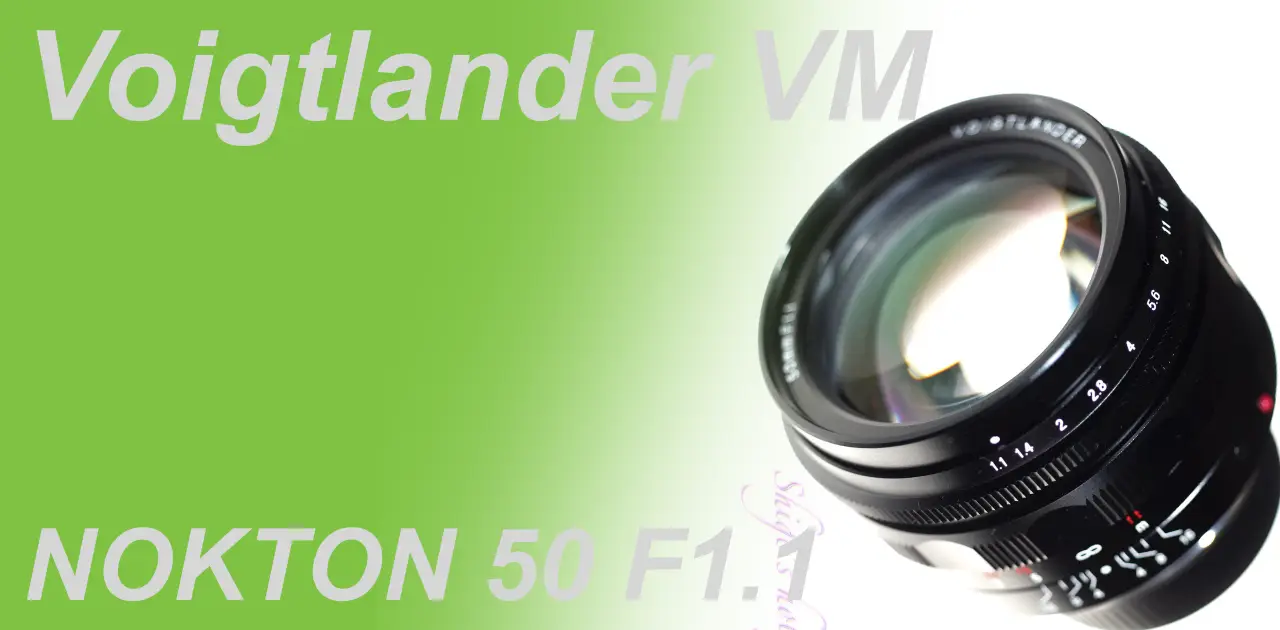
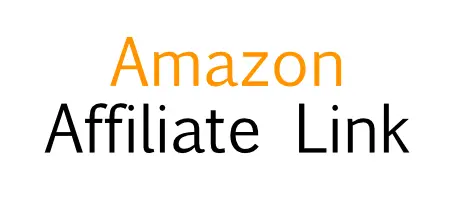
Be First to Comment